With the new battery, there will be no need to replace implantable medical devices
In the near future, Russian companies will begin to turn patients into “bioreactors”, whose bodies themselves will generate energy for implantable medical devices such as pacemakers doctors. For this purpose, MIPT has developed a biobattery that runs on… the patient’s own glucose.
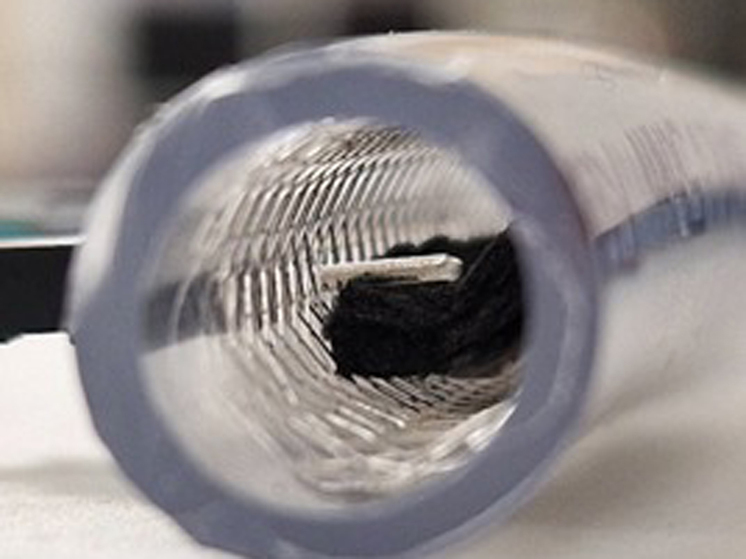 A biofuel cell in the lumen of an artificial vessel. Photo: MIPT
A biofuel cell in the lumen of an artificial vessel. Photo: MIPT
The biofuel cell was presented recently at the Physics and Technology School of Nature-Like, Plasma and Nuclear Technologies named after I.V. Kurchatova. Experts say that in the future, after clinical trials, it can successfully replace the usual lithium-ion batteries for pacemakers. Unlike the latter, it will not need to be changed every 5-10 years, which can be critically dangerous for older people: theoretically, it should work forever.
Let us remind you what the procedure for installing and replacing traditional implants with lithium-ion batteries is. The doctor makes a small incision in the chest and inserts electrodes through the veins into the heart. The pacemaker is then placed under the skin above the breastbone and connected to electrodes. After the operation, the patient is recommended to remain in the hospital for several more days to monitor his health.
The alternative to lithium-ion batteries proposed by MIPT employees is an electrochemical element that is inserted into the vessel in a minimally invasive way. Installation occurs through angioplasty, that is, not through an incision, but through a puncture in a vein or artery. It turns out that a stent (a cylindrical capsule with a biobattery) is inserted into the vessel without major surgical intervention. In addition, it will not require periodic replacement, since the patient’s own enzyme, glucose, will serve as fuel.
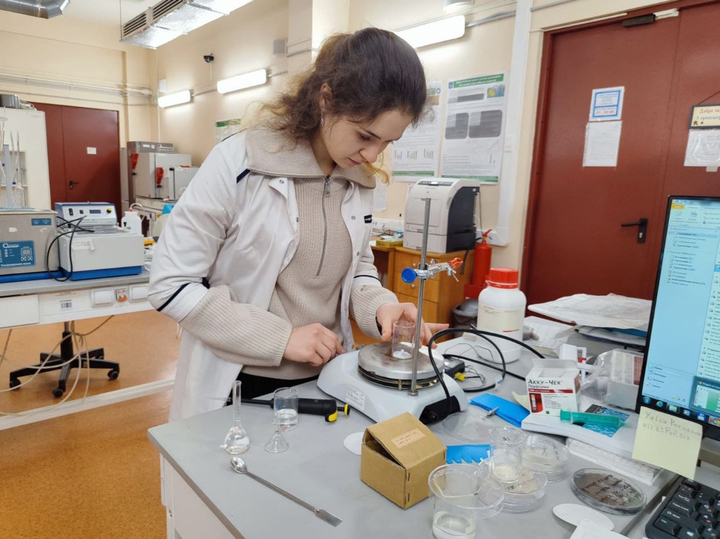 Project author Ekaterina Vakhnitskaya at work in the laboratory. Photo: MIPT
Project author Ekaterina Vakhnitskaya at work in the laboratory. Photo: MIPT
Essentially, a biofuel cell is a device that converts chemical energy into electrical energy using biocatalysts. The mechanism works due to the oxidation of glucose, the concentration of which in the body is constant due to its homeostasis — self-regulation.
“Our biofuel cell converts the chemical energy of organic substances into electrical energy through an electrochemical reaction,” explains the author of the work, Ekaterina Vakhnitskaya. – It consists of an electrolyte, an anode and a cathode. The operating principle of the cell is to oxidize fuel (glucose) at the anode, releasing electrons and protons.
– The electrodes that it consists of are made of hydrogel, which is very reminiscent of biological tissue. In addition, for the first time, we added modified graphene to the composition of this material, which improves the conductivity of the electrodes and increases their surface area. Of course, upcoming experiments on its operation will show the degree of durability of the material, but we hope that it will serve the patient for a lifetime.
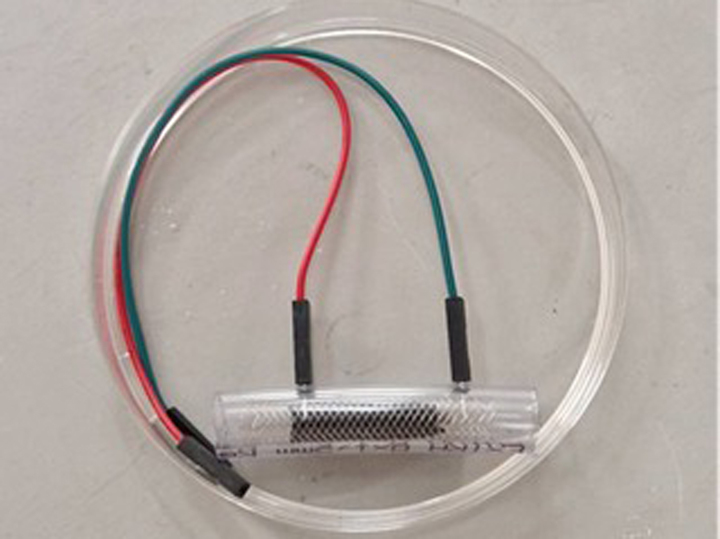 A biofuel element in a stent located inside a tube simulating a vessel. Photo: MIPT
A biofuel element in a stent located inside a tube simulating a vessel. Photo: MIPT
The enzyme biofuel cell, according to the developer, can be used by people using active implants, as well as those who suffer from diabetes, to power biosensors and other sensors .
The only promising alternative to a biofuel “battery” for medical devices could be wireless charging of the device, however, according to Vakhnitskaya, this will be accompanied by heating of the surrounding tissues, which is not very beneficial for the body.
The researcher is now working to improve the design of the biofuel cell and is preparing to test it in the laboratory.













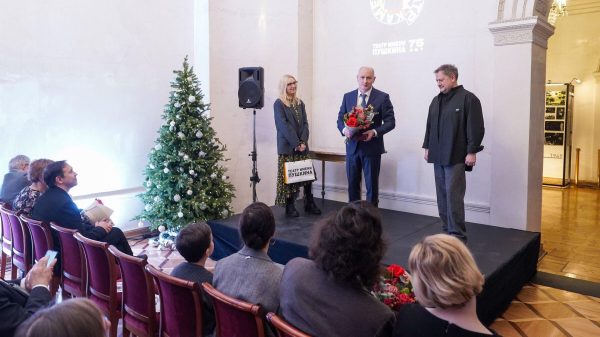
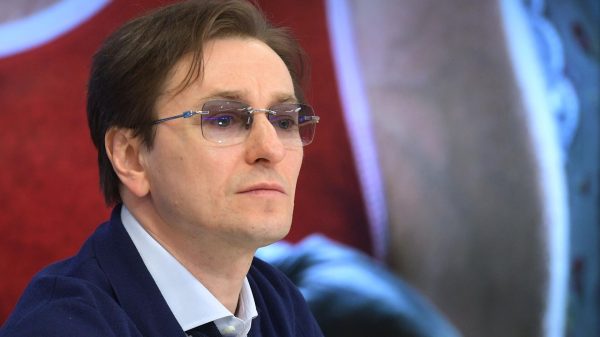


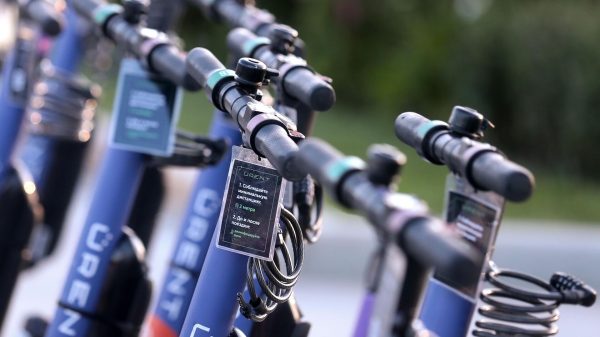


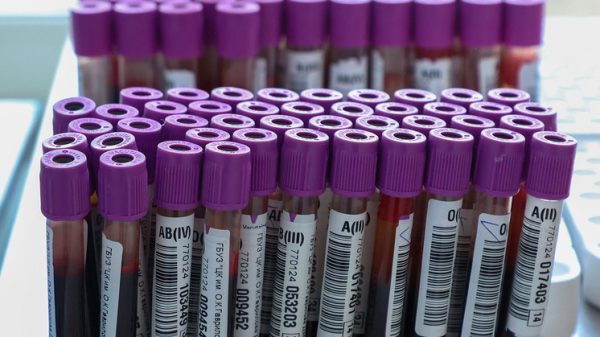













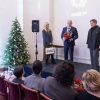



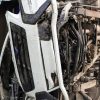

















Свежие комментарии